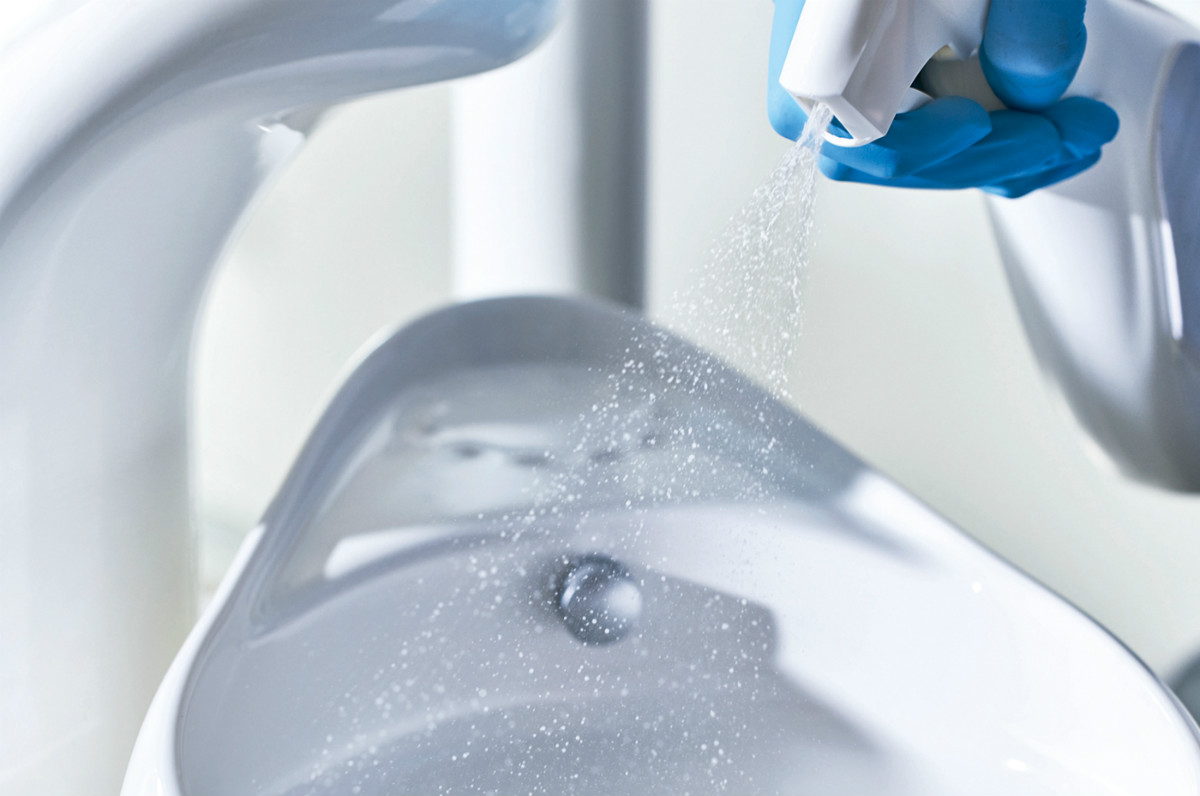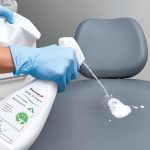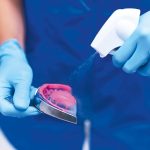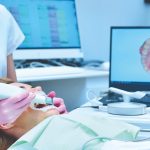
In any healthcare facility of any size, the correct disinfection and sterilisation of the surfaces and equipment used for treatment is crucial to avoid the risk of transmitting pathogenic micro-organisms to staff, patients, visitors and equipment.
Disinfection and sterilisation are the mainstay of clinical excellence, equally as important as the quality of care provided.
While the issue of infection control goes far beyond the practices of decontamination, disinfection and antisepsis, these steps are fundamental for the safety of staff and patients alike.
In a healthcare setting, instruments and items for patient care can be divided into three categories – non-critical, semi-critical and critical – which dictate the choice of disinfectant.
This classification is not the only factor to bear in mind when choosing a disinfectant. There are three fundamental criteria that should be taken into consideration:
- characteristics of the solution
- method of use
- correct application
Prior to disinfection, however, items and equipment must be properly cleaned; failure to perform this step thoroughly with cleaning agents might compromise the efficacy of the subsequent disinfection process.
There are two different disinfection categories in a dental treatment setting:
- semi-critical, involving items in direct contact with mucous membranes and broken skin, requiring a disinfectant active against the herpes simplex virus, HBV, HCV, HIV and other viruses, as well as mycobacterium tuberculosis;
- non-critical, involving items in direct contact with unbroken skin but not with mucous membranes, requiring a disinfectant active against the herpes simplex virus, HBV, HCV, HIV and other viruses.
Disinfectants are available with or without alcohol, and practices can choose from different formulations, forms and times of action, depending on their specific needs.
Article by Stefania Barbieri





 Zhermack SpA has been one of the most important producers and international distributors of alginates, gypsums and silicone compounds for the dental sector for over 40 years. It has also developed solutions for the industrial and wellbeing sectors.
Zhermack SpA - Via Bovazecchino, 100 - 45021 Badia Polesine (RO), Italy.
Zhermack SpA has been one of the most important producers and international distributors of alginates, gypsums and silicone compounds for the dental sector for over 40 years. It has also developed solutions for the industrial and wellbeing sectors.
Zhermack SpA - Via Bovazecchino, 100 - 45021 Badia Polesine (RO), Italy.


